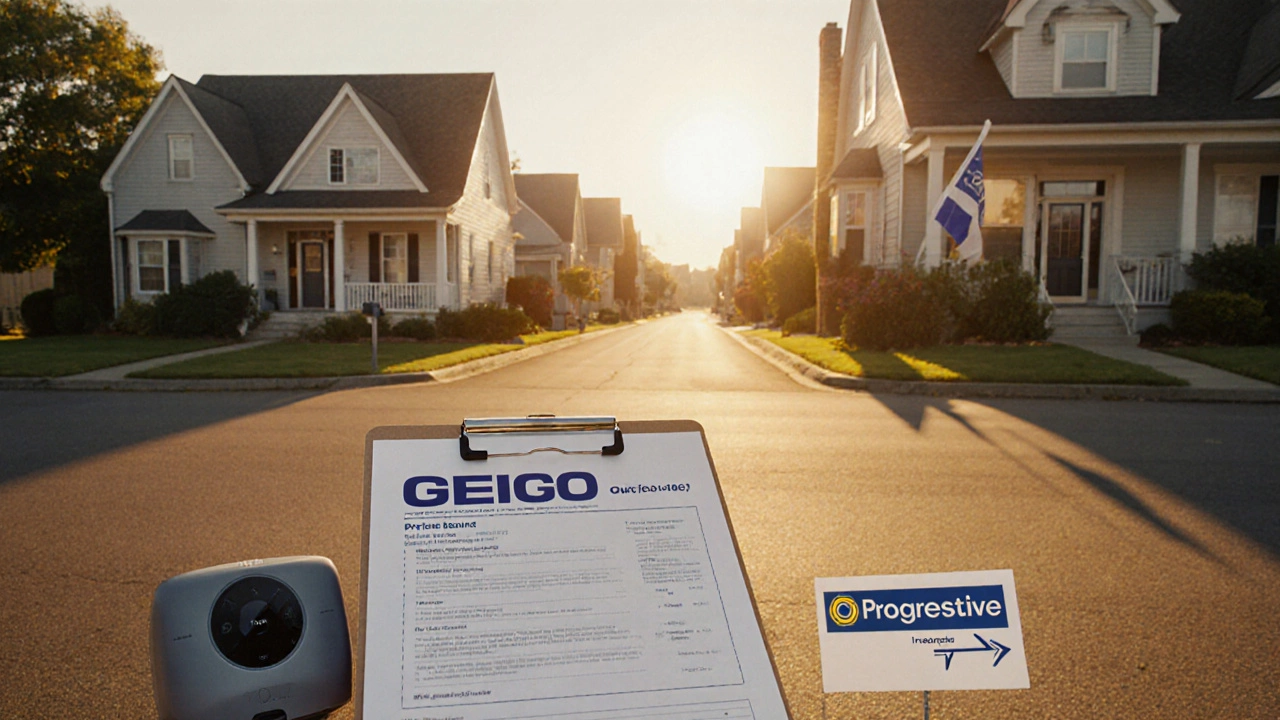Home Insurance Cost: Understanding the Numbers Behind Your Policy
When figuring out home insurance cost, the amount you pay each year for homeowners coverage. Also known as homeowners insurance premium, it reflects how much risk insurers think you bring and what protection you need.
Home insurance cost encompasses several moving parts. First, the dwelling coverage, which is the limit that replaces the structure if it’s destroyed. Second, the replacement cost factor decides whether that limit matches what rebuilding would truly cost. Third, the deductible you pick changes the premium – higher deductibles usually shave off a few pounds each month. Finally, the liability coverage protects you if someone gets hurt on your property, and it adds to the overall price. In short, the cost is a sum of coverage limits plus risk adjustments, and understanding each piece helps you keep the bill in check.
Key Factors that Drive Your Home Insurance Cost
People often overlook how the location of a home can bump up the premium. Proximity to fire stations, flood zones, or crime hotspots all feed into the insurer’s risk model. If your area scores high on any of those, you’ll see a higher base rate. Another hidden driver is the age and material of your house – older wooden frames can be pricier to insure than newer brick builds. When you combine these variables with the coverage you choose, you get a clear picture of why two homes in the same street can have wildly different bills.
Now, let’s talk about ways to lower that cost without sacrificing protection. Raising your deductible by £100 can shave around 5‑10% off the premium, but only if you have a cash buffer to cover that out‑of‑pocket expense after a claim. Bundling your home policy with auto or life insurance often nets a discount, because insurers reward the loyalty of multiple policies. Also, investing in safety upgrades – smoke alarms, burglar‑proof doors, or a modern roof – signals lower risk, and many insurers will hand you a lower rate. Finally, reviewing your dwelling coverage annually prevents over‑insuring; if you’re paying for more replacement cost than you’d actually need, you’re essentially over‑paying.
All these ideas set the stage for the articles below. In the list you’ll find deep dives on why dwelling coverage matters most, how replacement cost differs from actual cash value, and step‑by‑step guidance on choosing the right deductible. Use the insights to audit your own policy and make smarter, money‑saving decisions today.

Compare Geico and Progressive home insurance premiums, discounts, and coverage options to see which offers the lower price in 2025.
Read More